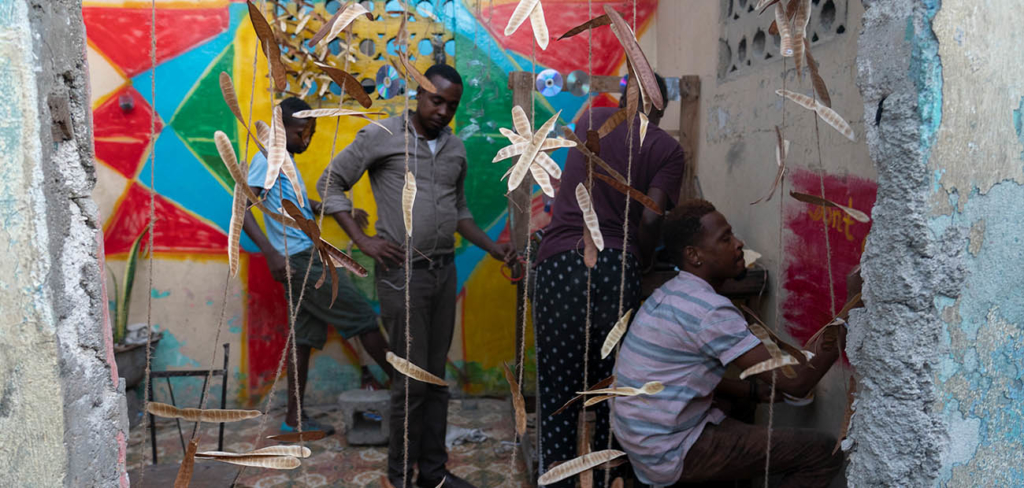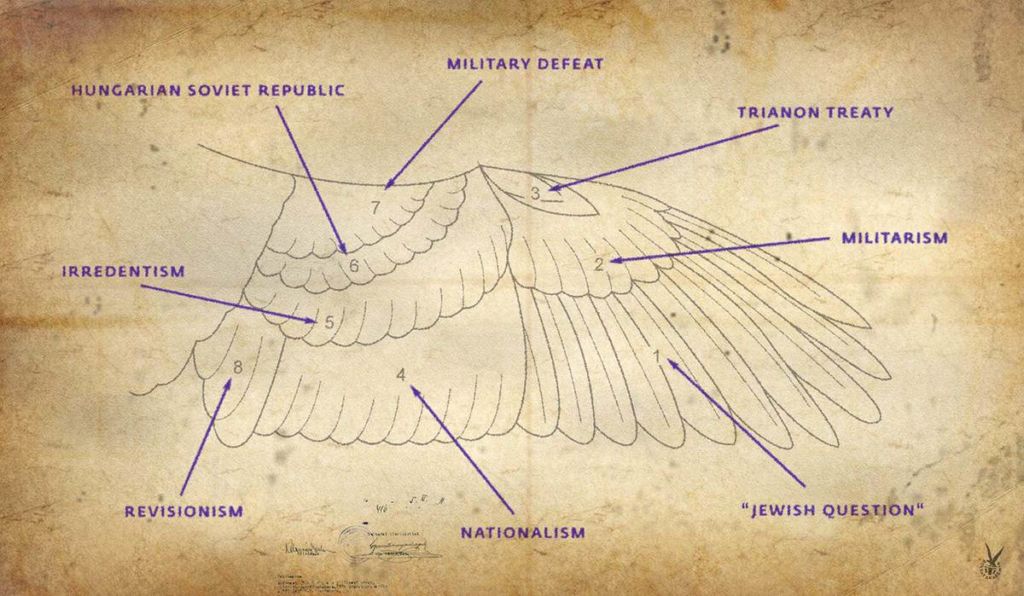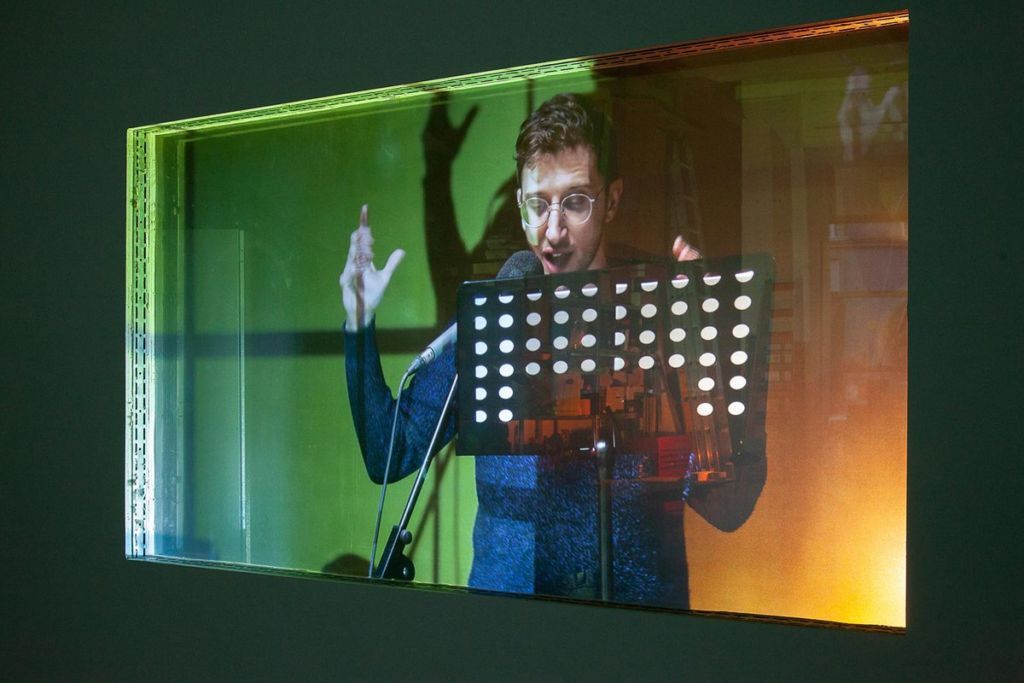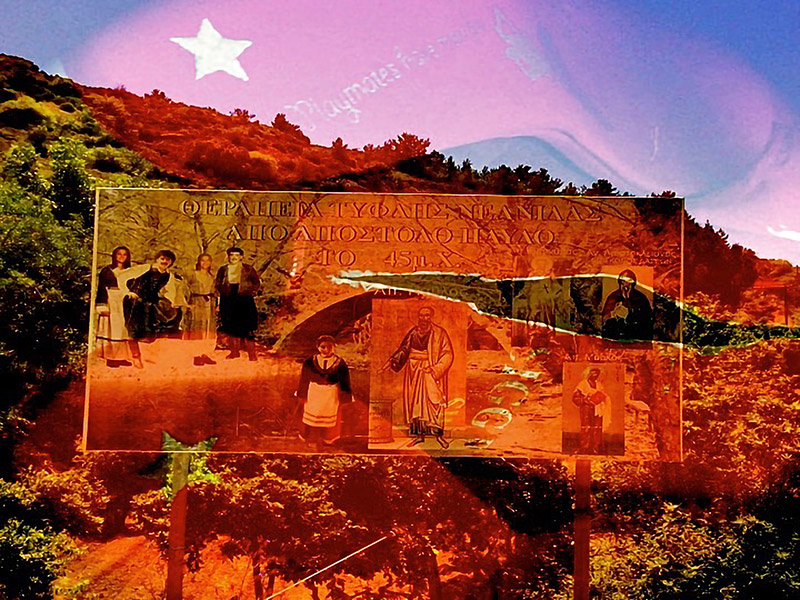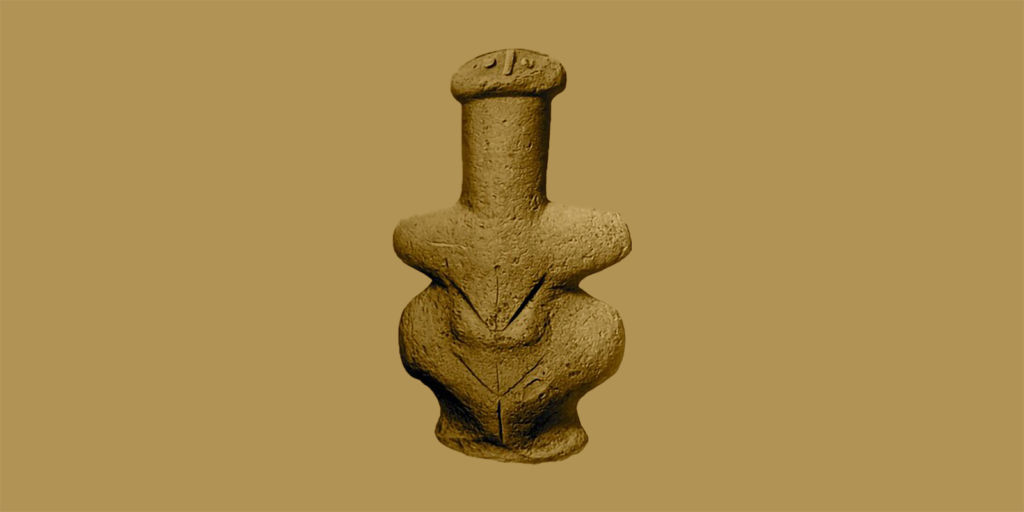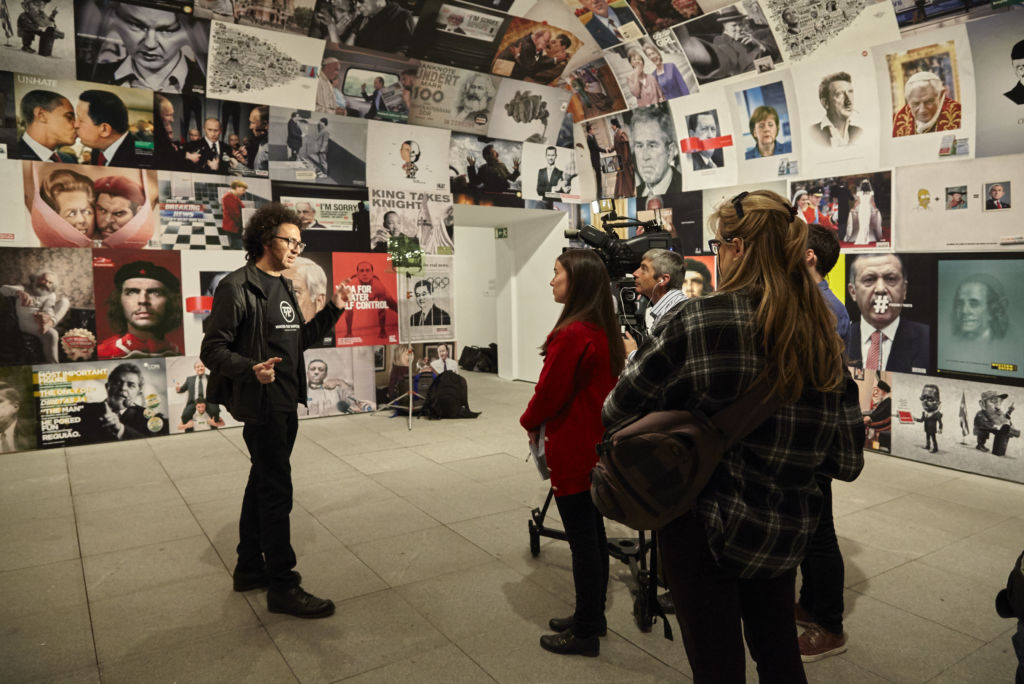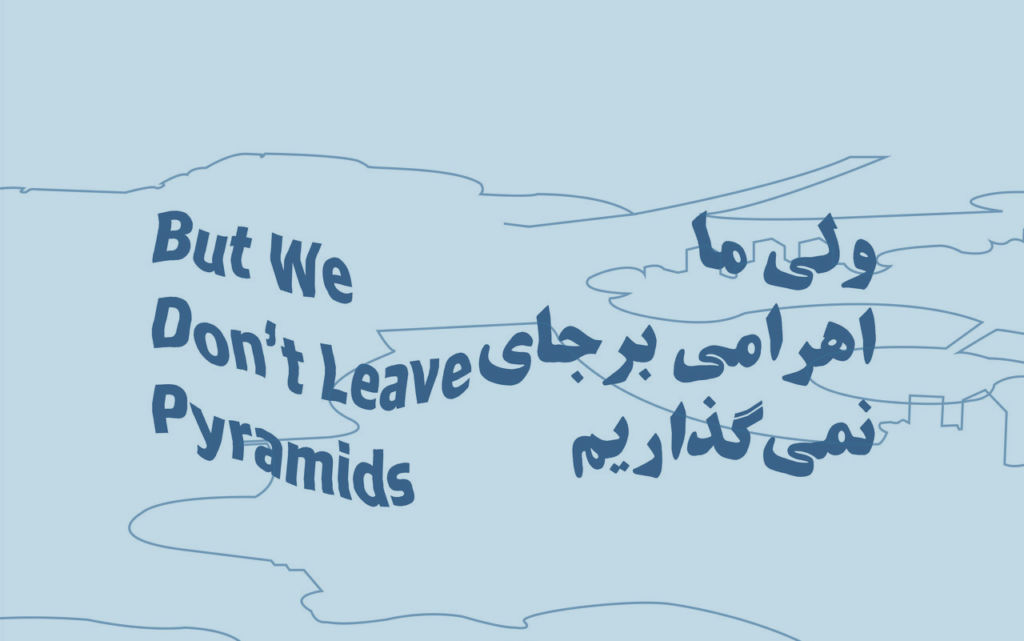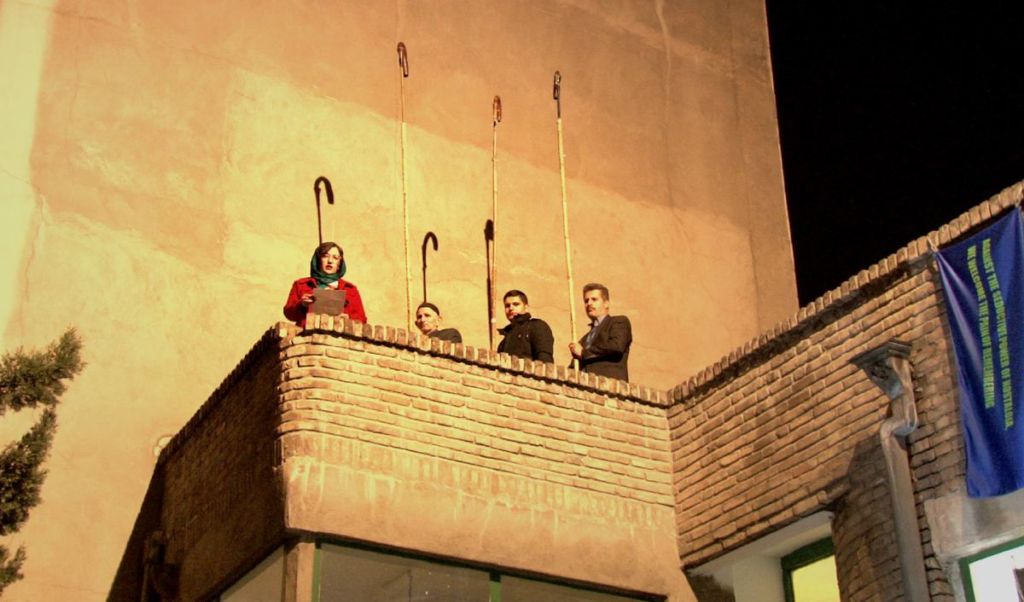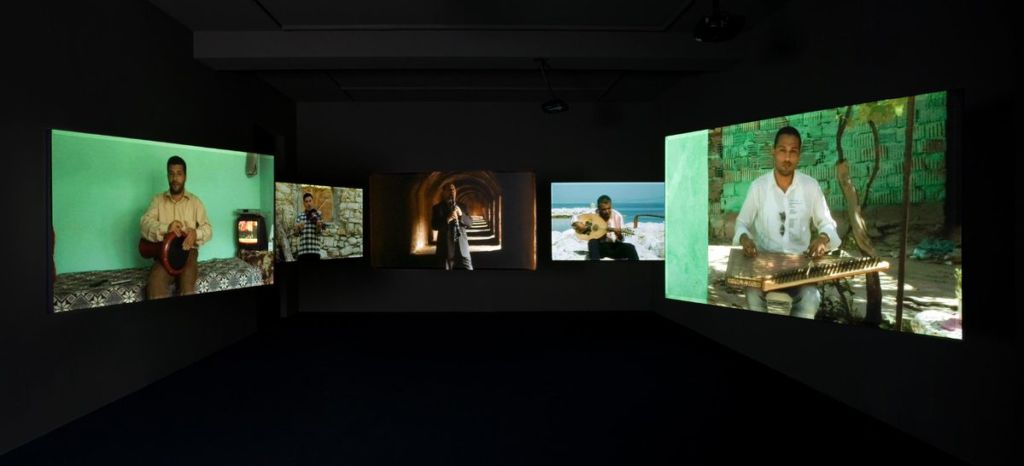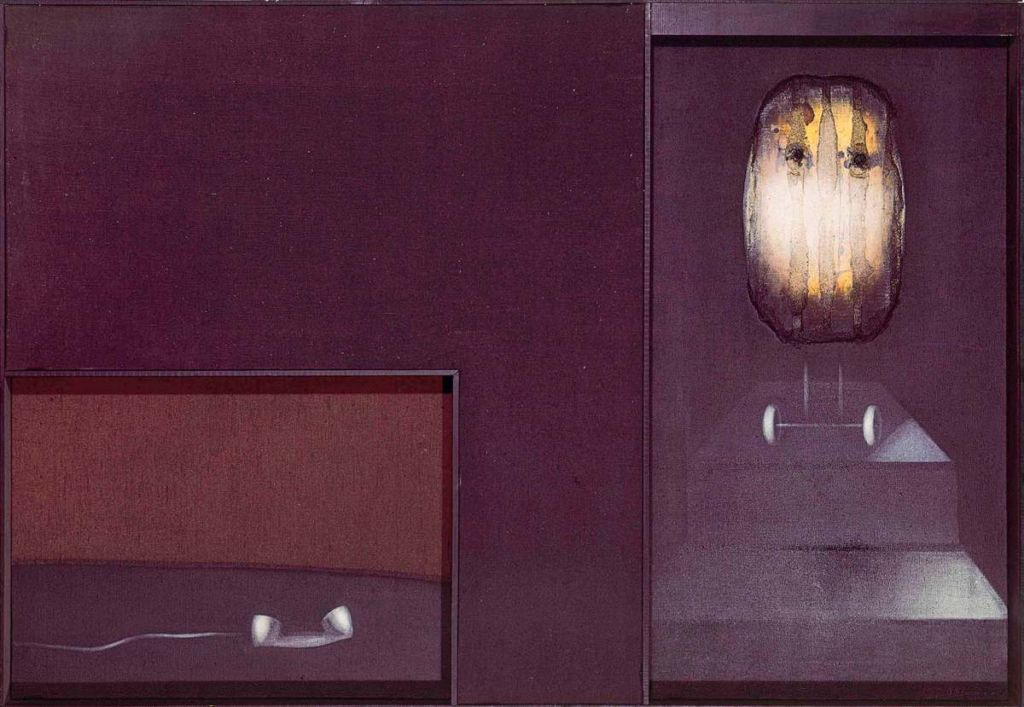Amidst an ongoing socio-political crisis in Haiti, the 6th Ghetto Biennale nevertheless opened on November 29, 2019, in Port-au-Prince. Until the very last moment it remained unclear whether this artistic event would even take place. In a national context of insurrection and extreme instability, its co-founders André Eugène and Leah Gordon chose to stay true to their program, dedicated to the revolutionary heritage of the Haitian Republic, as they watched their concerns be overshadowed by the reality of a vast people’s revolt and the brutality employed to contain it.
Which can be literally translated into “blocked country”.
Audit spécifique de gestion du Fonds PetroCaribe. Gestion des projets financés par le Fonds PetroCaribe
Repot 2 – Superior Court of Auditors and Administrative Litigation of the Republic of Haiti, May 2019.
Michel-Rolph TROUILLOT, Silencing The Past, Boston, Beacon Press, 1995.
Laurent DUBOIS, Les Esclaves de la République: l’histoire oubliée de la première émancipation, Paris,
Calmann-Lévy, 1998; Alex DUPUY, Rethinking the Haitian Revolution, Rowman & Littlefield, 2019.
http://leahgordon.co.uk/index.php/installcurate/ghetto-biennale/
Jean Sergo LOUIS, « Marginalité et construction identitaire à travers le mouvement des artistes de la résistance de la Grand-rue : regard d’ethnologue », July 2015.
http://classiques.uqac.ca/contemporains/Louis_jean-
serge/marginalite_et_construction_identitaire/marginalite.html
Peyi lòk
Ravaged by social inequality, Haiti is seen by the rest of the world as a nation hanging on by a thread. Left drained by decades of private predatory practices, local and foreign, the country has long been considered to be in a state of agony. And so, it was not alarming to international opinion when, as Peyi lòk1set in, the pulse of Haitian life seemed to oscillate between signs of clinical death and fighting peaks of survival. In February 2019, a people’s revolt was organized to bring the country to a standstill and force President Jovenel Moïse to resign. Despite the serious accusations marring his time in office, he has remained deaf to the protest movements, which, since 2018, have regularly flooded the streets of Haiti. Like four of his predecessors, several members of his government and some of the Western powers in the country, Moïse is involved in the PetroCaribe affair. Between 2008 and 2016, this colossal embezzlement of public money deprived the Haitian people of 3,8 billion dollars, money made available through an ambitious cooperation plan with Venezuela and slated for developing public infrastructure and social projects2. While the overwhelming majority of the Haitian population lives in extreme precarity, the misappropriation of this public money exacerbated a two-fold demand for criminal justice and social equity already stoked by recurring allegations of corruption and state violence.
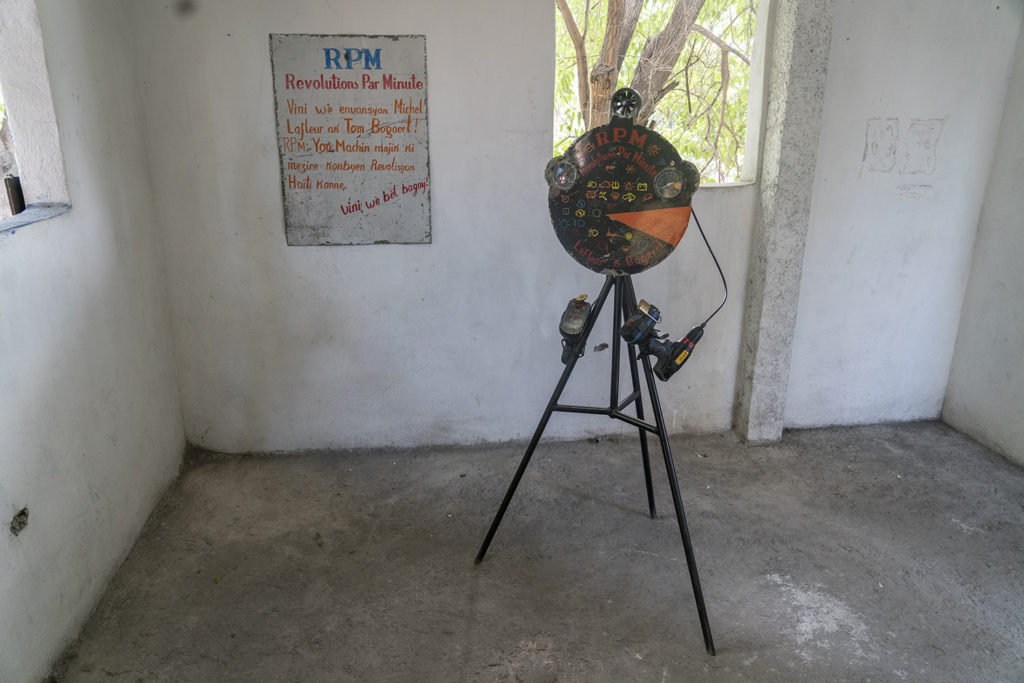
RPM by Tom Bogaert (BE/US) & Michel Lafleur (HT) at ‘The Haitian Revolution & Beyond’, at the 6th Ghetto Biennale 2019, Port-au-Prince, Haiti.
In spring 2019, the barricades erected along Haitian roads attempt to halt this national marching order and anything coming to its aid. They also open up new possibilities for re-inhabiting the public space, which, during the gigantic protests, defy the logic of spatial assignation according to the population’s place in the human hierarchy. In the absence of a political response, the stalemate intensified in September and gradually transformed into anxiety-inducing paralysis. Essential transit routes are controlled today by armed groups, the streets are permanently deserted and schools remain closed while the economy and administration are indefinitely suspended. Under this self-inflicted siege, Haiti has sunken deeper and deeper into instability and poverty, and neither pressure nor fear have been able spur change. The difficulties in providing food, fuel, medical or first aid supplies are an additional strain to an already challenging social and human toll. The people’s marches have seen their ranks bloodied by the forces of order. However, it would be wise to distinguish the motives and actors of a crushed revolt that alternatively took the forms of political coercion, organized crime and circumstantial violence. While racketeering, vandalism and physical assault rain down without discernment onto the social body, the Haitian public space seems to be reconfiguring itself into a theater of collective desertion.
A heavy tale of heritage
In this unstable climate, the year 2019 could have been marked by the progressive recognition of the uprising’s legitimacy, which grows more determined and painful with each passing day. Instead, it was punctuated by a series of isolation and confinement measures. After returning to its blacklist of international tour operators, the country saw many investors and foreign nationals leave, or be asked to no longer enter the territory. In February, Canada temporarily closed its embassy. In October, a hotel group in the capital announced it would be definitivel ceasing activity. Following the unfortunate but well-known narrative logic, the re-deployment of humanitarian organizations is expected to herald the revolt’s true completion. An outside humanitarian intervention coming to replace a real search for a way out of the political crisis is deeply rooted in an inexhaustible racialized way of thinking. It goes hand in hand with the fatalist and victimizing way in which the West has continuously described the Republic of Haiti’s history since its independence. The former pearl of the Antilles that was the pride and wealth of colonial France saw itself relegated to an entirely different critical reception when, at the cost of a fierce revolution and absurd debt, it tore itself from the yoke of slavery and the plantation economy. Considered incapable of survival or prosperity without international oversight, Haitian society since 1804 has seen every one of its struggles infantilized, boiled down to essentialist defeat, before being “protected” from itself by various neo-liberal strongholds.
Admitted as a major turning point in world history, the Haitian revolution remains an embarrassing episode and any responses favorable to its cause are hard to find in international historiography3. The persistence of these colonial regimes, as evidenced by this narrative trouble, is precisely at the heard of the current Ghetto Biennale. Entitled “The Haitian Revolution and Beyond”, the event aims to reconsider the undermining of this revolutionary overthrow 4 and process its impact on the construction of the Haitian national imagination. In a somewhat premonitory way, the biennale strives to bring together Haitian and international artists to develop alternative common narratives, leaving behind the discourse of failure and laying down foundations for a speculative future in which the coexistence of living beings might seem like a desirable horizon. In the face of the current insurrection, these theoretical reflections encourage us to take a historically distanced view from what leads us, still today, to perceive in a popular struggle only the supposed proof of its impotence. Since 2009, the Ghetto Biennale not only persists in destabilizing the accepted representations of Haitian society, but also in analyzing art’s role in solidifying international power dynamics. So it is essential to speak up about this edition, as it underlines the urgent need to decipher, from within what is perceived as chaos, an affirmation of republican ideals long disparaged.
Apparition and disappearance from republican space
Since its creation, the Ghetto Biennale has been held far away from the global contemporary art spotlight, with its consumerist temptations and usual herds. Rather than adopt the spectacular format of an exhibition, it opts to nurture artistic projects developed throughout the entire duration of the biennale. Creation is therefore experienced and carried out under the renegotiated modalities of production, apparition and sharing. The event is in fact dependent on participants collaborating directly with artists and inhabitants of Port-au-Prince. Hosted by the Atis Rezistans collective in the Lakou Cheri and Ghetto Leanne neighborhoods, the biennale occupies spaces otherwise considered no-go areas, sterile or unusable. Simultaneously at the margins of the rural and the urban, the Ghetto Biennale aims to open an “informal and de-institutionalized space for artistic production” for artists from diverse horizons, cultures, backgrounds and socio-economic classes 5. Socio-spatial exclusion is one of its core issues. But it is also at the heart of Atis Rezistans’ concerns, a collective otherwise known as the “movement of resistance artists”. Formed in the late 1980s, the collective is a federation of artists from Grandrue, once a bustling artery of Haitian cultural and artistic life, now made up of micro-studios that have set up a kind of social, cultural and educational force from inside the slums. Self-taught, with no “useful” profession, no storefront or notability, Haitian society considered them outcasts until, in the 1980s, they seized upon the waste that global capitalism had ceded them in favor of an informal economy. By making art, these artists endeavored to transform the social reality of their territory and gradually earned their place in the national artistic narrative. Over the decades, Atis Rezistans has built “a group’s social memory” 6 in Port-au-Prince. Entering the international artistic scene in 2007, the collective could have been happy with nurturing global exoticism by illustrating how things are down on the world’s peripheries. Instead, it launched international alliances of an entirely different nature right on its very own soil. The Ghetto Biennale offers a space for de-assigning. A shifting territory where a sector of Port-au-Prince can exert lasting influence before being designated a zone of social relegation. Now excluded from any equitable promise, it continues to be the crucible for a latent reversibility.
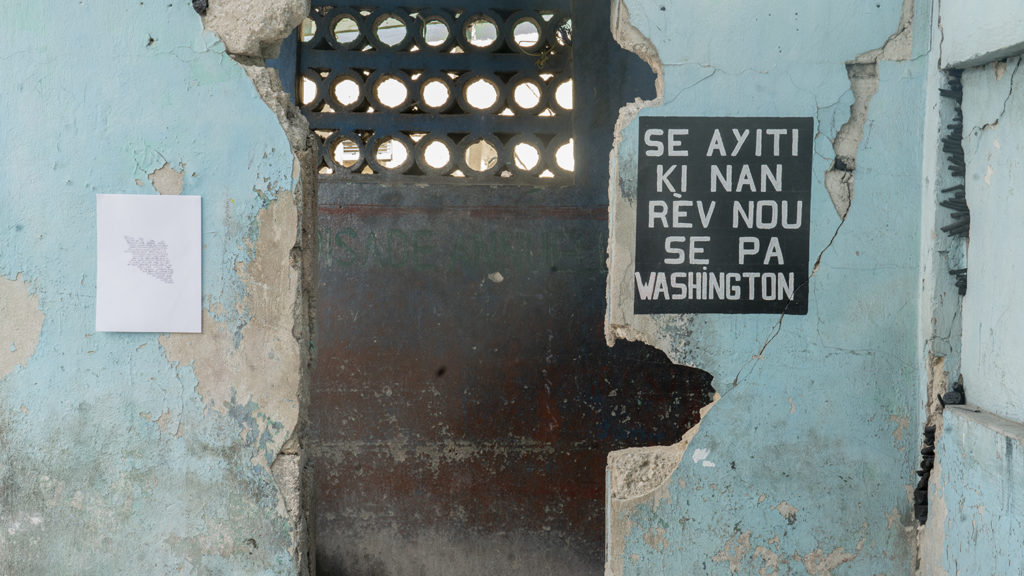
LA SOCIEDAD DEL TIEMPO LIBRE, by Tony Cruz Pabón (PR), Engel Leonardo (DO), Gabriel Maldonado (PR), Diego De La Cruz Gaitán (PR), Pablo Guardiola (PR) & Ramón Miranda Beltrán (PR) at ‘The Haitian Revolution & Beyond’, at the 6th Ghetto Biennale 2019, Port-au- Prince, Haiti.
Retreating to a place where nothing is coveted to escape the deadly logic of the established order is reminiscent of the “maroon” heritage and its role in achieving revolution. The imagery of voluntarily subtracting oneself from the living world takes on an entirely new hue in the context of Peyi lòk. A weapon of social resistance but also a source of destabilization for the country, respecting it raises an ethical debate that deeply divides the Haitian population. And the Biennale’s international invitees are not spared either. Confronted by the arbitrariness of the violence, some invitees, like myself, simply renounced the idea of visiting Port-au-Prince, in part out of fear and danger, in part to avoid attracting hostility from the more radical partisans of the blockade toward others—hosts, collaborators or residents. Some, perhaps more seasoned invitees nevertheless chose to be present and continue their work in situ, without any theoretical
or cultural safety net.
Sticking together in uncertain times
Participating in the Ghetto Biennale, be it directly or indirectly, means leaving behind the ideological comfort spaces habitually reserved for art. Although it is still too early to tell what the work being made over the following weeks will yield, the 6 th Ghetto Biennale already promises a complex approach to what drives a revolution. The programmed artistic projects accommodate the inherently antagonistic visions of what defines it, its conditions, its actors, its driving forces, the issues at stake and their effects.
The impossible clarity of dividing lines, and the non-linearity of the events that constitute it, are all common features in the propositions put forth. Headed by curators Gabi Ngcobo (South Africa) and Thiago De Paula Souza (Brazil), as well as by artists Firelei Baez (Dominican Republic) and Tessa Mars (Haiti), the “Not in Between” project investigates the unthinkable nature of certain aspects of the Haitian revolution. Evoking real and unreal historical figures, this collaborative research resonates with the re- activation of Bois-Caiman Voodoo ceremonies held in various ways by Khaleb Brooks (USA/Germany), Jean Robert Alexis (Haiti), Christian Bertin (Martinique) & Patrick Ganthier (Haiti) and even Rosy Auguste (Guadeloupe). The significance attached to ghosts, supernatural forces, the transmission of myths or even the collective completion of rituals underlines the many intangible or extraordinary elements that have been erased from the memory of revolutions. The processes of memorialization, re- enactment but also of omission and imagination that they inspire are concerns that unite many actors in this biennale.
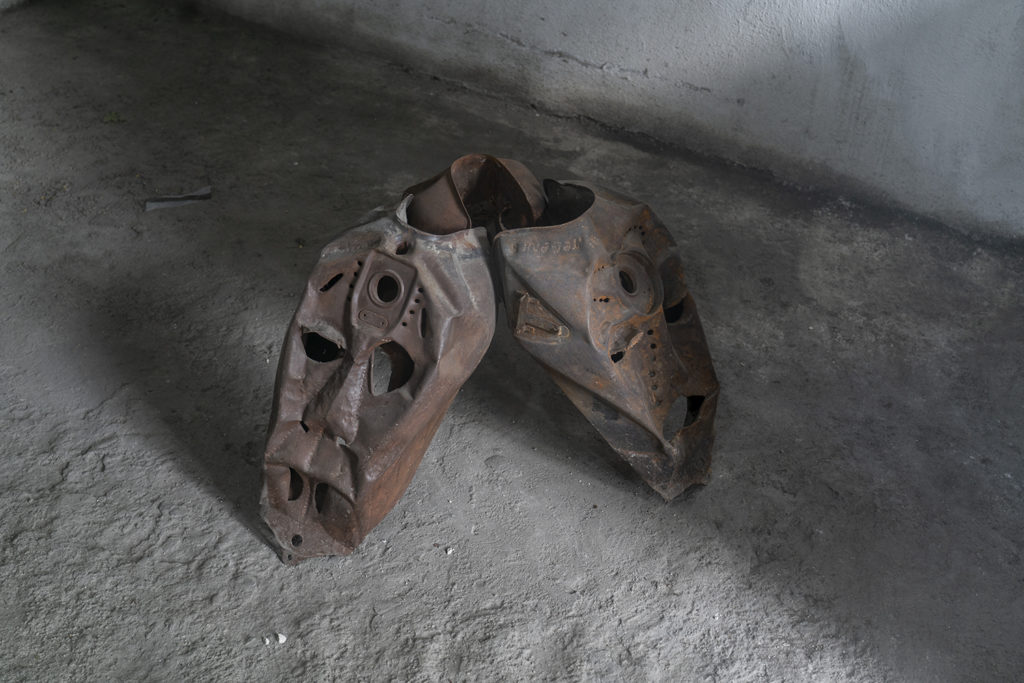
CHÊNE TET ANSANM | CHAIN OF HEADS TOGETHER by Wilerme Tegenis (HT) at ‘The Haitian Revolution & Beyond’, at the 6th Ghetto Biennale 2019, Port-au-Prince, Haiti.
Hailing from Haiti, Cuba, Jamaica, Puerto Rico, Venezuela, the USA, Kuwait, Senegal or even France, invited artists are interested in the dissemination of this revolutionary memory through space and time. Gathered for the most part in trans-national groups, they highlight the power of creation endemic to fulfilling any revolution before it can go on to fertilize other territories. Because, as Cecilia Lisa Eliceche (Argentina) & Leandro Nerefuh (Brazil) put it, the imagination and imagery of the Haitian revolution “now resonates everywhere (for those who are willing to hear it)”. In a musical exploration broadcasted on Haitian radio, DJ Afifa (Jamaica), Zanj Rracc X (Jamaica) & Reuben Telushkin (USA) follow the circulation of rhythms that accompanied the insurrectional struggles in Haiti, Africa, Jamaica and the United States. Near or far, these voluntary solidarities of destiny are notably at the heart of Jaime Gili’s (Venezuela/Great Britain) proposition, which recalls Haiti’s support for Venezuelan independence. And yet, the duality of historic events, like their potential unpredictability, is not forgotten either. Guillermina De Ferrari (Argentina/USA) & Reynier Leyva Novo (Cuba) make visible the ambivalent relationships that sealed the futures of both Caribbean islands. Fleeing the Haitian revolution, many plantation owners went into exile in Cuba and contributed to its economic boom in the 19 th century. Anxious to sanction Haiti’s claim for independence, the world markets at the time turned en masse to Cuba and propelled it to the forefront of sugar producers.

KOUPE TÊT & BOULE KAY (Cut heads off and burn houses) by Fabien Clerc (CO/CH) at ‘The Haitian Revolution & Beyond’, at the 6th Ghetto Biennale 2019, Port-au-Prince, Haiti.
As Haiti experienced the economic stranglehold that would mark its history as a Republic, Cuba saw its quest for independence evaporate as its prosperity increased. Leaving space for Haitians to speak up and participate, a good many works developed in the 6 th Ghetto Biennale take the shape of research platforms, encounters, workshops, studios, radio broadcasts and interventions in public space. They immerse themselves in the opacity of the present in order to understand what constitutes Haiti as a nation, even today. Born out of revolution, its history is connected to coercive measures that sustained the extension of this foundational event. By returning to the sources of this paralyzing heritage, the Ghetto Biennale invites us to collective disentangle the complex web of relationships tied over time between determinism and self-determination. This is one way to read the project “The Living Dead Ensemble”. Initiated by Louis Henderson (Great Britain/Germany), Jephthé Carmil (France/Haiti), Olivier Marboeuf (France), the project follows a group of young actors in Port-au-Prince in progress as they re-read the PetroCaribe crisis via a famous theatrical adaptation of the Haitian revolution. Much like this device, the Ghetto Biennale calls for performing the narrative tension between present and past, to appropriate the pre-distributed characters and invert viewpoints in order to change the dramatic motives behind a predicted narrative. The weeks to come will tell whether the Haitian population will seize upon this event to offer its revolt alternative territories for rebound. Following what is experienced there creates an opportunity to better understand how the real paralysis comes from the international chokehold squeezing Haiti into the role of the damned, there for our viewing pleasure.
The Ghetto Biennale was held from November 29 to December 20, 2019, in Port-au-Prince.
Translation by Maya Dalinsky
Cover: ALL-STAR COMMUNITY RADIO AND SOUND SYSTEM by DJ Afifa aka Afifa Nzinga Badiliko (JM) & Reuben Telushkin (US) at ‘The Haitian Revolution & Beyond’, at the 6th Ghetto Biennale 2019, Port-au-Prince, Haiti.
